Tetrahexylammonium hydrogensulphate
Synonym(s):Tetra-n-Hexylammonium Hydrogen Sulfate;THAHS
- CAS NO.:32503-34-7
- Empirical Formula: C24H53NO4S
- Molecular Weight: 451.75
- MDL number: MFCD00037675
- EINECS: 251-069-0
- SAFETY DATA SHEET (SDS)
- Update Date: 2023-04-23 13:52:06
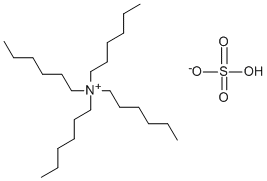
What is Tetrahexylammonium hydrogensulphate?
Chemical properties
White crystal
The Uses of Tetrahexylammonium hydrogensulphate
Tetrahexylammonium Hydrogensulfate is used in preparation method of bistable electrochromic material and its application in preparation of electrochromic device with good electrochromic property.
The Uses of Tetrahexylammonium hydrogensulphate
Tetrahexylammonium hydrogensulfate may have been used as a phase-transfer catalyst during catalysis analysis of benzylic halide to carboxylic acid.
What are the applications of Application
Tetrahexylammonium hydrogensulfate is a lipophilic phase-transfer catalyst
General Description
Tetrahexylammonium hydrogensulfate is a quaternary ammonium salt mainly used as an electrolyte.
Properties of Tetrahexylammonium hydrogensulphate
| Melting point: | 98-100 °C(lit.) |
| form | Powder |
| color | White to Light yellow |
| Water Solubility | Slightly soluble in water. |
| λmax | λ: 210 nm Amax: 0.10 λ: 220 nm Amax: 0.04 λ: 230 nm Amax: 0.03 λ: 260 nm Amax: 0.02 λ: 500 nm Amax: 0.02 |
| BRN | 4629729 |
| CAS DataBase Reference | 32503-34-7(CAS DataBase Reference) |
| EPA Substance Registry System | 1-Hexanaminium, N,N,N-trihexyl-, sulfate (1:1) (32503-34-7) |
Safety information for Tetrahexylammonium hydrogensulphate
| Signal word | Warning |
| Pictogram(s) |
 Exclamation Mark Irritant GHS07 |
| GHS Hazard Statements |
H315:Skin corrosion/irritation H319:Serious eye damage/eye irritation H335:Specific target organ toxicity, single exposure;Respiratory tract irritation |
| Precautionary Statement Codes |
P261:Avoid breathing dust/fume/gas/mist/vapours/spray. P264:Wash hands thoroughly after handling. P264:Wash skin thouroughly after handling. P271:Use only outdoors or in a well-ventilated area. P280:Wear protective gloves/protective clothing/eye protection/face protection. P302+P352:IF ON SKIN: wash with plenty of soap and water. P305+P351+P338:IF IN EYES: Rinse cautiously with water for several minutes. Remove contact lenses, if present and easy to do. Continuerinsing. |
Computed Descriptors for Tetrahexylammonium hydrogensulphate
New Products
4-AMINO-TETRAHYDRO-PYRAN-4-CARBOXYLIC ACID HCL 4-(Dimethylamino)tetrahydro-2H-pyran-4-carbonitrile 4-Aminotetrahydropyran-4-carbonitrile Hydrochloride (R)-3-Aminobutanenitrile Hydrochloride 3-((Dimethylamino)methyl)-5-methylhexan-2-one oxalate 1,4-Dioxa-8-azaspiro[4.5]decane 5-Bromo-2-nitropyridine Nimesulide BP Aceclofenac IP/BP/EP Diclofenac Sodium IP/BP/EP/USP Mefenamic Acid IP/BP/EP/USP Ornidazole IP Diclofenac Potassium THOMAIND PAPER PH 2.0 TO 4.5 1 BOX BUFFER CAPSULE PH 9.2 - 10 CAP SODIUM CHLORIDE 0.1N CVS ALLOXAN MONOHYDRATE 98% PLATINUM 0.5% ON 3 MM ALUMINA PELLETS (TYPE 73) LITHIUM AAS SOLUTION 2-Bromo-1-(bromomethyl)-3-chloro-5-nitrobenzene 2-Bromo-3-nitroaniline N-(3-Hydroxypropyl)-N-methylacetamide 3-Bromo-6-chloropyridazine 4-ethyl-3-nitrobenzoic acidRelated products of tetrahydrofuran
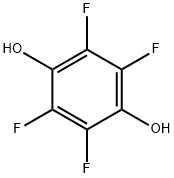
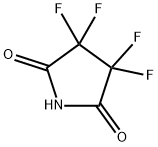
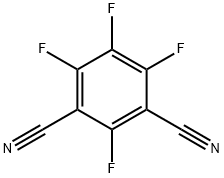
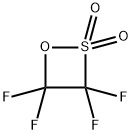
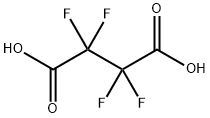
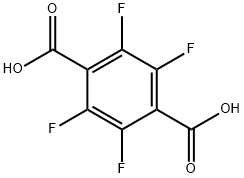

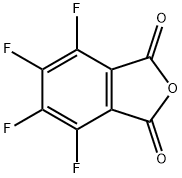
You may like
-
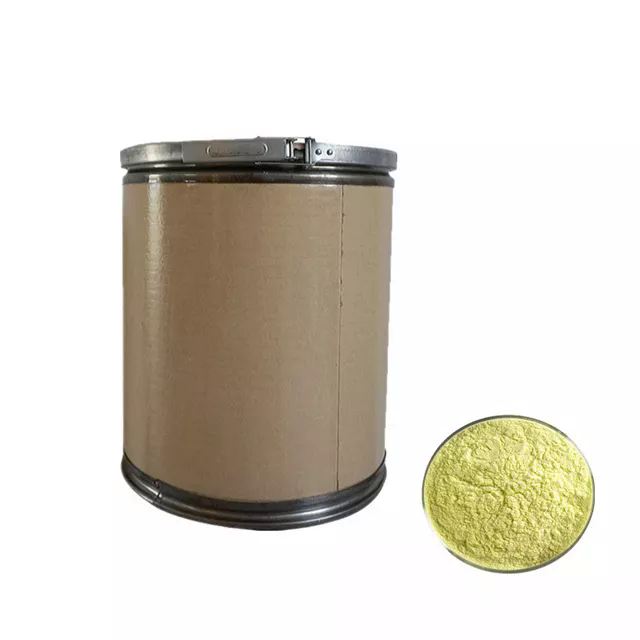 32503-34-7 TETRAHEXYLAMMONIUM HYDROGENSULFATE 98%View Details
32503-34-7 TETRAHEXYLAMMONIUM HYDROGENSULFATE 98%View Details
32503-34-7 -
 Tetra-n-hexylammonium hydrogen sulfate CAS 32503-34-7View Details
Tetra-n-hexylammonium hydrogen sulfate CAS 32503-34-7View Details
32503-34-7 -
 Tetrahexylammonium hydrogen sulphate, 98% CAS 32503-34-7View Details
Tetrahexylammonium hydrogen sulphate, 98% CAS 32503-34-7View Details
32503-34-7 -
 Tetrahexylammonium Hydrogen Sulfate CAS 32503-34-7View Details
Tetrahexylammonium Hydrogen Sulfate CAS 32503-34-7View Details
32503-34-7 -
 Tetrahexylammonium hydrogensulfate CAS 32503-34-7View Details
Tetrahexylammonium hydrogensulfate CAS 32503-34-7View Details
32503-34-7 -
 Tetrahexylammonium hydrogensulfate CAS 32503-34-7View Details
Tetrahexylammonium hydrogensulfate CAS 32503-34-7View Details
32503-34-7 -
 2-(3-(tert-butyl)phenoxy)-2-methylpropanoic acid 1307449-08-6 98%View Details
2-(3-(tert-butyl)phenoxy)-2-methylpropanoic acid 1307449-08-6 98%View Details
1307449-08-6 -
 Lithium ClavulanateView Details
Lithium ClavulanateView Details
61177-44-4
Statement: All products displayed on this website are only used for non medical purposes such as industrial applications or scientific research, and cannot be used for clinical diagnosis or treatment of humans or animals. They are not medicinal or edible.